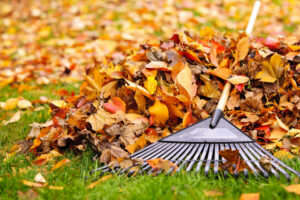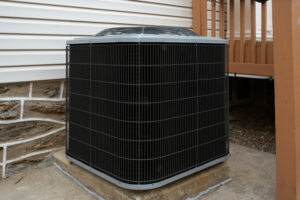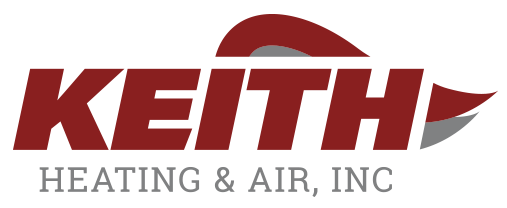 Fall is a beautiful time of year– leaves changing and eventually falling to the ground below. Of course, it’s great to enjoy the season’s transformation as temperatures begin to cool and the world takes on a new colorful appearance; however, it’s important to be aware of how the falling leaves can affect your HVAC system. Seasonal HVAC maintenance is important, and ensuring that your unit is not inundated with fallen leaves and debris is fall maintenance 101.
Fall is a beautiful time of year– leaves changing and eventually falling to the ground below. Of course, it’s great to enjoy the season’s transformation as temperatures begin to cool and the world takes on a new colorful appearance; however, it’s important to be aware of how the falling leaves can affect your HVAC system. Seasonal HVAC maintenance is important, and ensuring that your unit is not inundated with fallen leaves and debris is fall maintenance 101.
Leaves Can Damage your HVAC Unit
If you have a heater with an electric heat pump, it is imperative to clean out the outdoor compressor before winter arrives. The reason for this is that with an electric heat pump, the outdoor compressor works to generate heat for your indoor air. Some people may mistakenly think this is their AC running in wintertime, but really your outdoor HVAC unit should run while both cooling and heating your home when an electric heat pump is involved.
If fallen leaves and various other debris get in a clog the compressor, then your HVAC unit will not be able to function efficiently. Not only can this issue result in uncomfortable indoor temperatures, but it can also cause unnecessary wear and tear on your HVAC system and higher than usual energy-costs.
Seasonal HVAC Maintenance for Fall
 There are things you can do to maintain your system and prevent damage during the fall season caused by fallen leaves and debris. Before you do anything in the way of HVAC maintenance, make sure you turn off the power to your AC. You should do this by turning off the power in the breaker box inside your home, and by turning off power on the outside switch near your compressor. When the power is off, you can try the following steps to ensure your system can continue to function smoothly during autumn and winter.
There are things you can do to maintain your system and prevent damage during the fall season caused by fallen leaves and debris. Before you do anything in the way of HVAC maintenance, make sure you turn off the power to your AC. You should do this by turning off the power in the breaker box inside your home, and by turning off power on the outside switch near your compressor. When the power is off, you can try the following steps to ensure your system can continue to function smoothly during autumn and winter.
STEP 1: Remove Leaves & Debris
Remove leaves and other debris from the floor of the compressor/condenser. It is likely that there will be a lot in there to remove that has built up over time. Take your time cleaning out this area by hand or with a wet/dry vacuum if you have access to one.
STEP 2: Clean the Walls
The walls of your outdoor unit operate as a filter for leaves and debris. The walls are likely made up of thin fins at a slant designed to help prevent debris from entering the unit. Over time, these protective fins get dirty or grimy from being out in the elements, and it’s important to clean them off from time to time. Use a water hose to spray this area off till it’s clean again.
STEP 3: Clear Surrounding Area
After cleaning the interior of your unit and ensuring it is free of leaves and debris, you’ll also want to clear the area surrounding the system of any foliage or anything else that might inhibit the unit’s efficacy. You’ll want to leave about two feet of clearance around the system’s perimeter to allow for it to work effectively.
Just remember, leaves can pose a significant threat to your HVAC system, in the following ways:
- Build up of leaves blocks airflow and reduces the efficiency of your system, also resulting in higher utility bills.
- Along with leaves and other debris comes moisture, which can cause important components of your unit to rust.
- If left on your unit, wet, decaying leaves and debris can emit acidic gases that can eat away at HVAC unit components over time, even resulting in tiny holes through which refrigerant can leak.
For these reasons, it’s important to observe seasonal HVAC maintenance. If it’s been a while since you’ve had your system inspected or serviced, our team at Keith Heating & Air can help with that. We offer HVAC maintenance packages designed to keep your unit operating at peak efficiency, and to help avoid costly and poorly timed issues with your HVAC system when you rely on it to heat and cool your home. Contact us today to get started! With winter just around the corner, check out these HVAC maintenance tips to help you adequately prepare for the colder months of the year.
